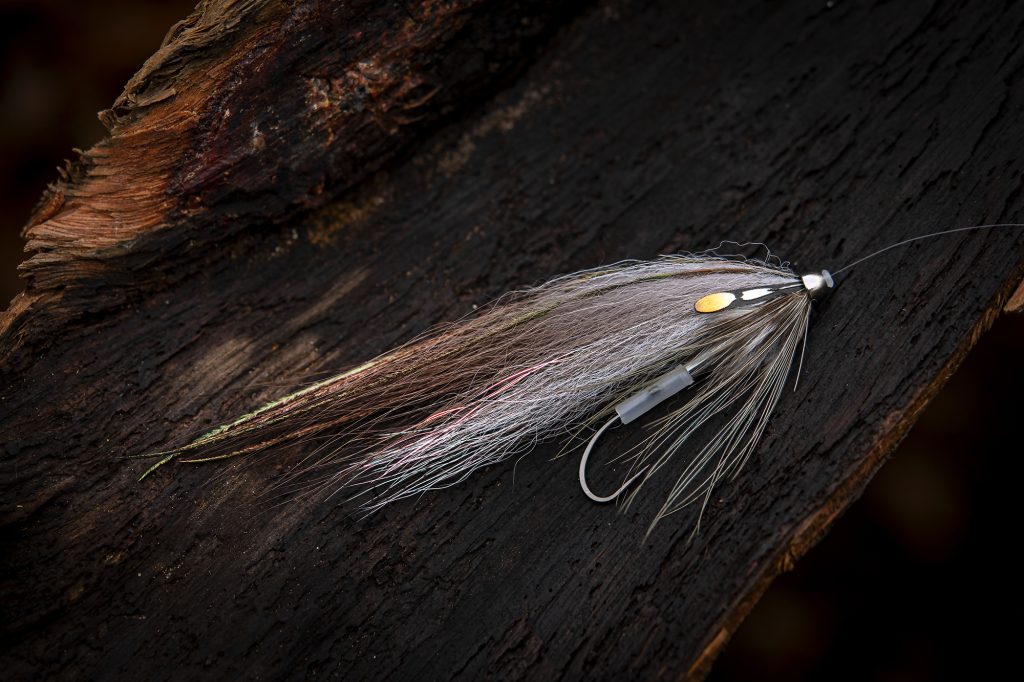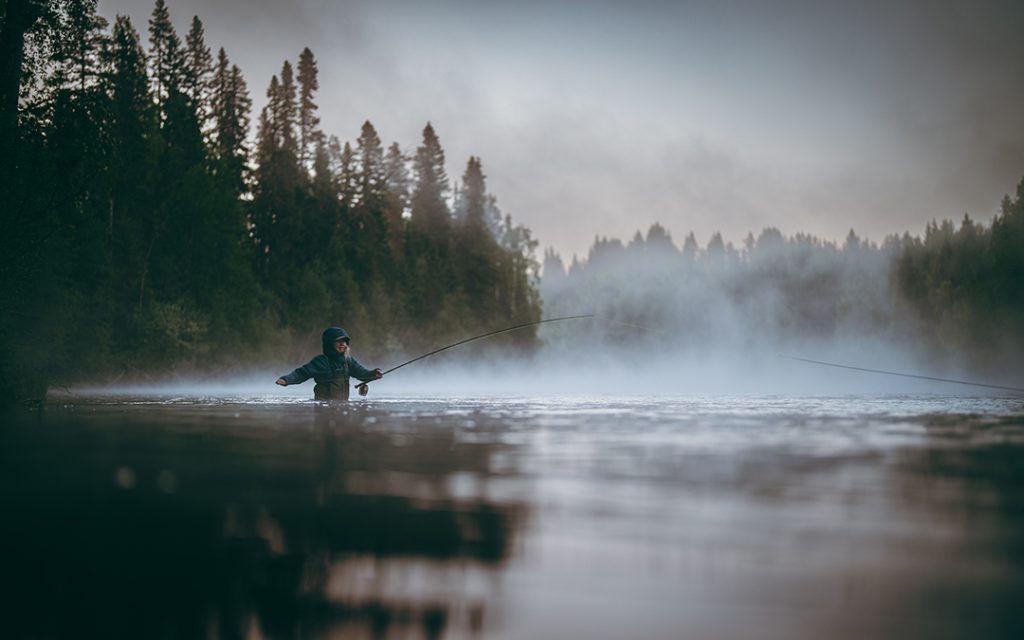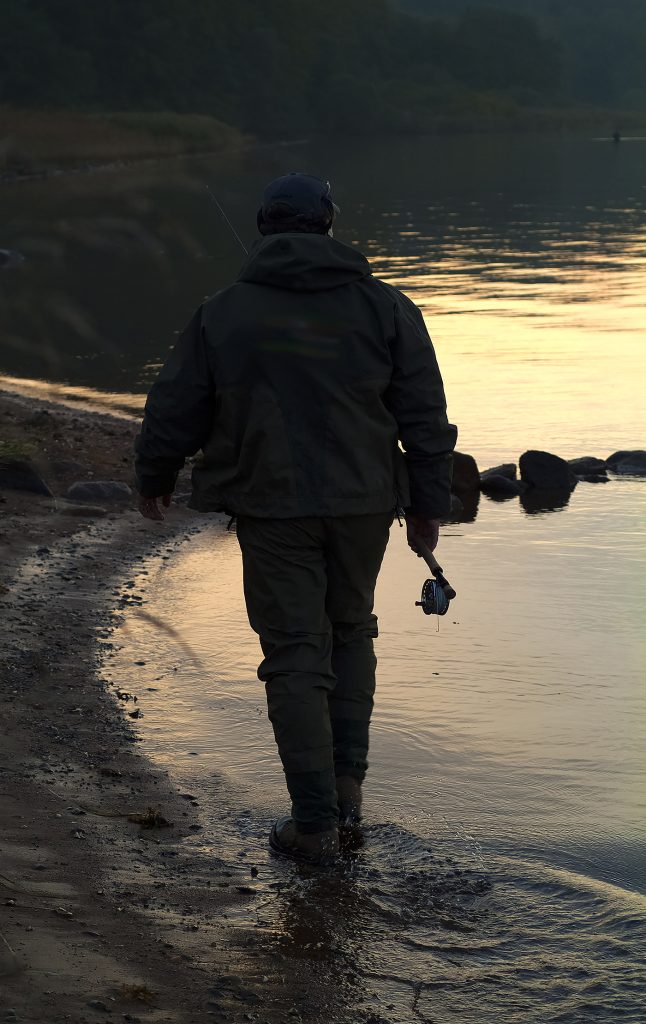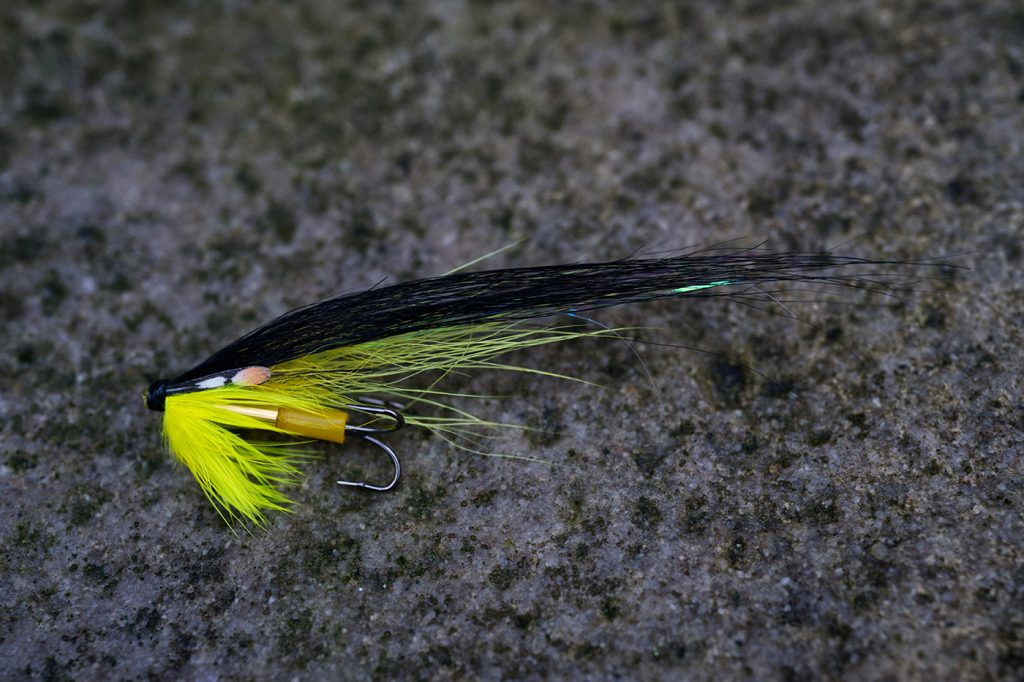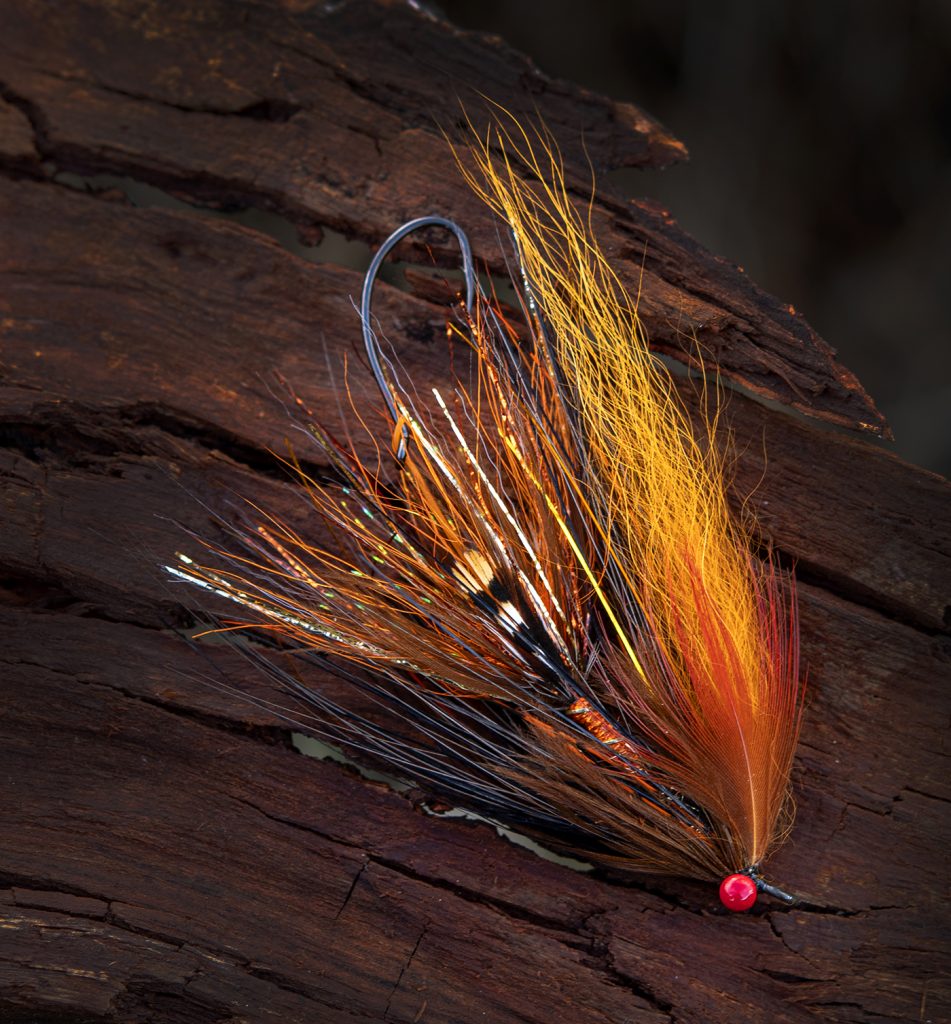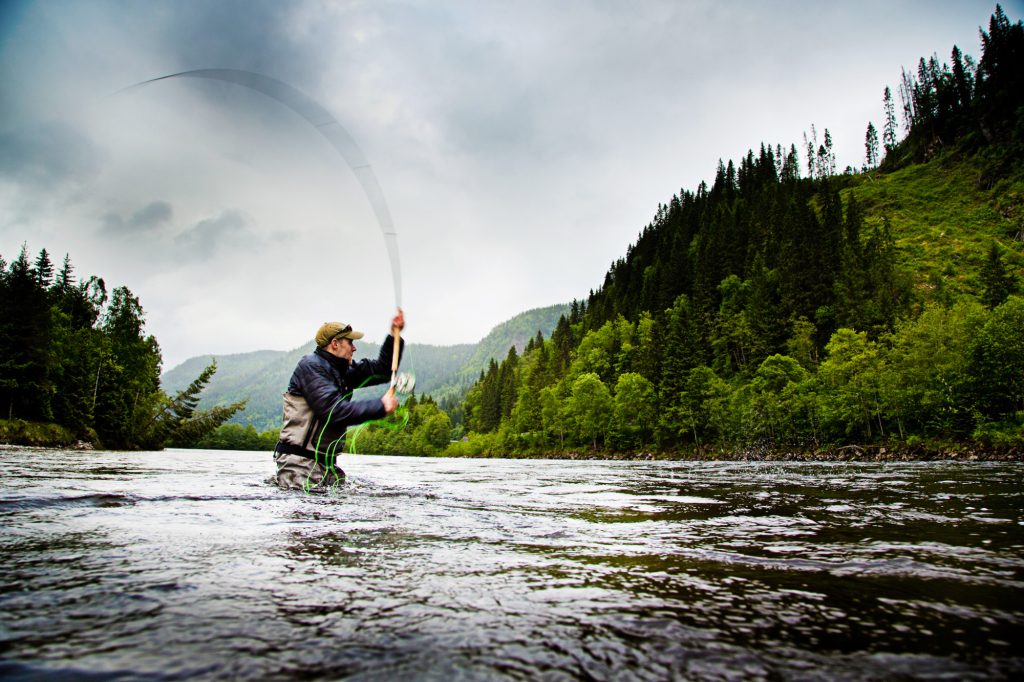
– Why Ahrex is now creating fly fishing journeys
Gaula, Norway — Where Our Passion Meets the River
At Ahrex Hooks, fly fishing has always been about more than products. It’s the time spent by the water, the quiet moments before a take, the creativity at the vise, and the simple joy of fishing a fly you tied yourself.
That passion is the foundation of our new concept: From Vise to Water.
It’s our way of taking the craft from the tying desk all the way to the rivers that inspires what we do — turning ideas into experiences, and patterns into memories.
Continue reading “From Vise to Water”
